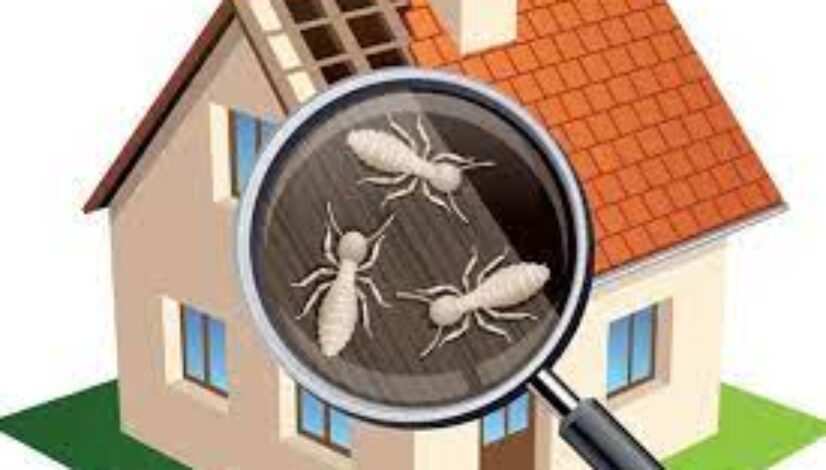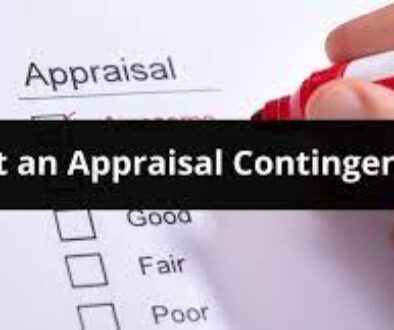Pest Inspection
Pest inspection
What Is A Pest Inspection?
A pest inspection includes a search for bugs and other creatures that can cause damage to the structure of your property, a health hazard or both. One common structural concern is caused by termites that get their nutrients from the wood in your house, but various other bugs and rodents can also cause problems.
What Does A Pest Inspection Entail?
A pest inspection usually takes place around the same time as a home inspection or appraisal. In fact, one of the instances it might be required is when an appraiser observes signs of a potential pest problem. However, homeowners can have pest inspections done whenever they’re worried they might have an issue.
Typically, pest inspection and mitigation services are provided by the same types of companies that do extermination. If you suspect a problem and you can see where it’s coming from, it may be possible to do some do-it-yourself inspection and mitigation. However, this is something that’s often best left to pros. If your mortgage program requires a pest inspection, you will need to hire a professional.
With limited exceptions for certain states and counties within states, you usually need a pest inspection if you’re getting a Department of Veterans Affairs (VA) loan. One notable exception is the VA Streamline (also known as an interest rate reduction refinance loan or IRRRL), unless an appraiser thinks there’s a problem.
A Thorough Search For Any Infestations
A trained pest inspector will look through the interior and exterior of your home for all manner of critters that could be a hazard. Depending on the region you live in, these include but aren’t limited to the following:
- Subterranean and above-ground termites
- Bedbugs
- Cockroaches
- Bees and other stinging insects
- Carpenter ants
- Various kinds of rodents
- Spiders
- Snakes
- Scorpions
- Moths
- Wood-destroying insects
Evidence of these critters can include everything from damaged wood to small collections of insect droppings or gnawing marks on furniture.
An Evaluation Of Any Structural Damage
Insects and other pests get into your house somehow, usually by exploiting and/or causing structural damage to your home. The inspector will look for evidence of damaged floorboards, baseboards, walls, siding and more. After rooting out the pests from their hiding place, the structural damage will have to be fixed.
A Detailed Pest Report
Once the inspector is done, they’ll issue a pest inspection report that is given to the appraiser. Although states use different forms and there are pests, they look for based on the climate, they do share some common elements.
Each inspection form will give a brief overview of the pests found. They’ll also discuss where they were found, and any damage done. Finally, they’ll go over necessary treatments.
Instructions For Treatment and Damage Repair
In most instances, the problem needs to be treated and any damage caused by the infestation needs to be repaired to the satisfaction of the inspector before you can move forward with the loan if the inspector or appraiser had previously noted the problem. Effective treatment might involve a simple one-time visit from an exterminator, or if more intense structural damage is found, a longer treatment plan may be put in place. Regardless, they’ll do another inspection to verify that the problem has been taken care of.
How Long Does A Pest Inspection Take?
Most pest inspections usually take 30 minutes to an hour to complete. However, the actual length could be longer depending on what the inspector has to look for, and the size and layout of the house. For example, if you have a crawlspace or attic that is harder to access, that can take some additional time.
The paperwork also has to be sent to your mortgage company and that might take a day or two to process. Beyond that, if damage repair or mitigation is required, it depends on how quickly you can get that scheduled. Once completed, another inspection to confirm damage repair and eradication of the problem is usually necessary. But the faster you get the damage repaired, the easier it can be.
How Much Does A Pest Inspection Cost?
According to HomeAdvisor, the average cost of a termite and pest inspection is about $100. However, the cost can vary quite a bit depending on the size of the home and what’s being inspected for. Additionally, sometimes you might be able to get a bundle deal if you also have a regular home inspection done with the same company.
With most loan options, it doesn’t matter who pays for the pest inspection. The one that’s different is the VA, and that’s important because it’s also the only loan where pest inspection is typically required.
Buyers, sellers or lenders can pay for a pest inspection under a VA loan in the following states:
- Alabama
- Arkansas
- Arizona
- California
- Florida
- Louisiana
- Mississippi
- Oklahoma
- Texas
Should I Get A Home Pest Inspection?
A VA loan Termite inspection is required in many states. For further details, speak with one of our Home Loan Experts. If your appraiser notes signs of a pest problem, a pest inspection will be necessary. If you do not get a pest inspection, you may not be able to qualify for the mortgage.
Beyond that, no one wants to share their new home with uninvited guests, particularly if those guests have more than four legs. Getting an inspection is well worth it for peace of mind alone. You’ll feel confident that your new home is a clean and safe place to live in.
Home Pest Inspection FAQs
Here are a few of the most commonly asked questions regarding home pest inspections.
Are pest inspections required?
There are a few situations in which a pest inspection may be required. If you are applying for a VA loan or if a home inspection shows signs of a pest infestation, a professional pest inspection will likely be required.
Who pays for a pest inspection?
In some cases, like VA loans, the seller may cover the cost of a pest inspection. Otherwise, if the buyer’s home inspector notes signs of pests they may decide to get a pest inspection before moving forward with the process.




